Fleets will be relieved to hear that HMRC has clarified that transitional arrangements will remain in place for double cab pick-up trucks reallocated to a new driver.
The Government announced in the Autumn Budget that double cab pick-up trucks would be treated as company cars from April 6.
Transitional benefit-in-kind (BIK) tax arrangements will apply for employers that have purchased, leased, or ordered a double cab pick-up before April 6, irrespective of when it is delivered.
However, wording in HMRC tax guidance suggested that reallocating a pick-up truck to another employee after April 6, would change the tax treatment of the vehicle, irrespective of when it was ordered, according to tax specialists at HRUX.
HMRC has now clarified that reallocated vehicles will not lose transitional arrangements.
An HMRC spokesperson told Fleet News: “If an employer transfers a double cab pick-up to another employee between April 6, 2025, and April 5, 2029, they may continue treating it as a van for tax purposes, provided there is no disposal, and the lease has not ended.”
Tax specialist David Chandler, co-founder and director at HRUX, said: “We welcome the swift clarification from HMRC with regards to the re-allocation rules for double cab pick-ups post April 6, 2025, until the end of the transition period (April 5, 2029).
“The original stance from HMRC was somewhat understandable given the wording of the guidance, however on reflection would have been unfair on employees and employers alike.
“This clarification means that employers can apply the transitional rules as one would expect.”
He added: “This will be a relief to many fleet managers with double cab pick-ups on order.
“We are glad that the BVRLA and other bodies raised this with HMRC and they were able to clarify this before the start of the next tax year.”
HMRC ‘car or van’ tax guidance on rear seats rule
New HMRC guidance on the taxation of double cab pick-up trucks, issued last month (February), will make it “impossible” to argue that a double cab pick-up truck is not a car, according to HRUX co-founder, Harvey Perkins.
The HMRC guidance EIM23110 says that if a “vehicle has side windows behind the driver and passenger doors”, it will be classed as a car.
“This is particularly so if it is fitted, or is capable of being fitted, with additional seating behind the row which includes the driver,” it continues. “This remains true whether or not those additional seats are in the vehicle at the time.”
Appearing on a tax webinar organised by the Association of Fleet Professionals (AFP), Perkins explained: “It’s all based upon this Coca Cola tax case, which looked at whether or not a van with rear seats and rear windows was actually a car or not.
“The case determined that a vehicle needed to be predominantly designed for the carrying of goods for it to be taxed as a van.”
When the Government announced that double cab pick-ups would be treated as company cars for BIK purposes, it said it was “aligning” its treatment to reflect a ruling by the Court of Appeal, involving HMRC and Coca-Cola, regarding the primary suitability of a vehicle.
“Guidance is not law,” continued Perkins. “What HMRC say in their guidance is designed to make things easy to understand and easy to follow, with some success and some failures on their part.
“Just because they say something doesn’t mean that the law necessarily agrees with them. But I have to say, I think the situation here is reasonably clear cut.
“It’s pretty difficult, bar impossible, to argue that a double cab pickup truck is anything other than a car under this new definition.”



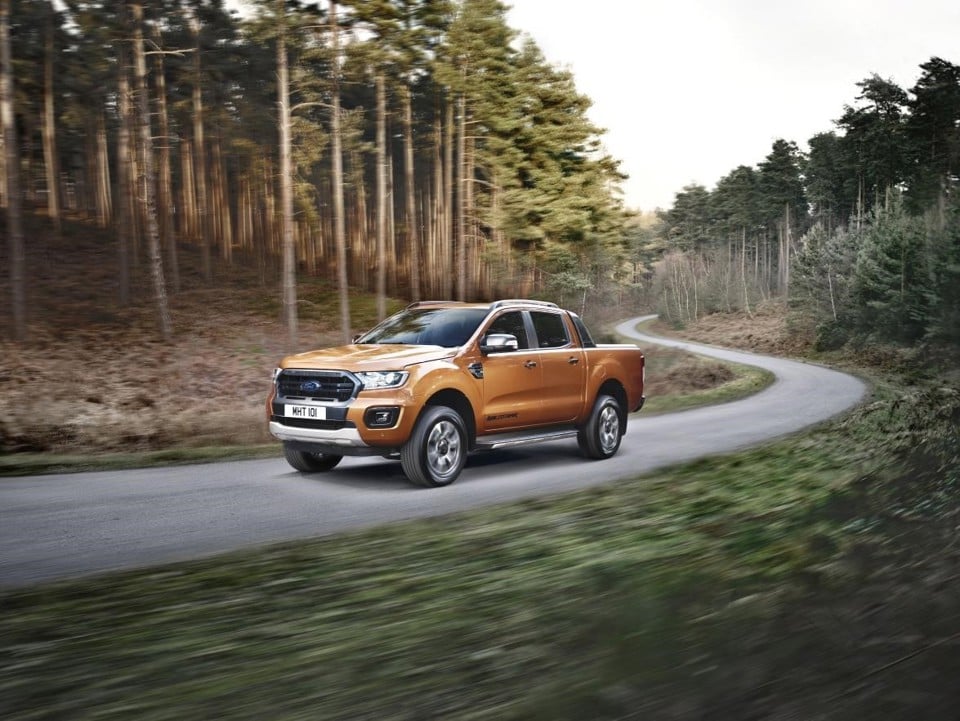
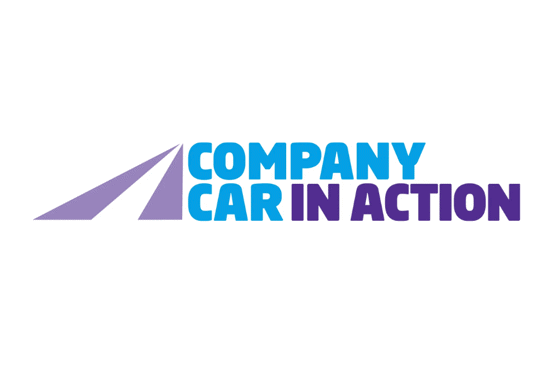



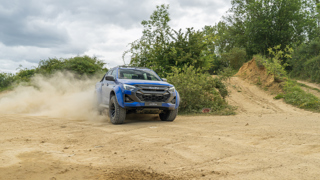
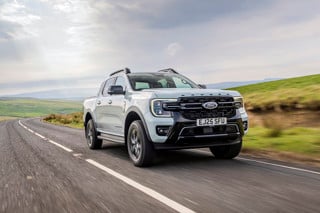

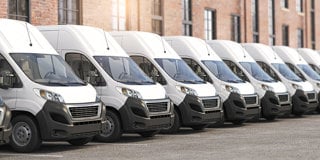
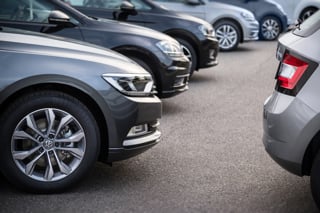





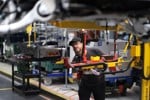



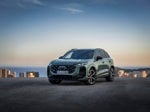
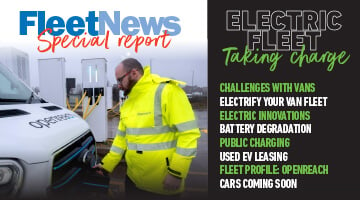


kevinbreen7719 - 07/03/2025 09:50
Will the Tax Treatment of Landrover Discovery and Defender Commercials be next in line?